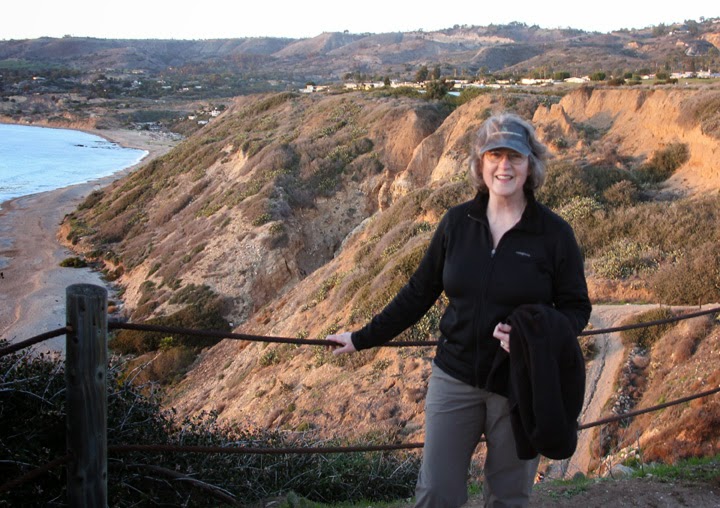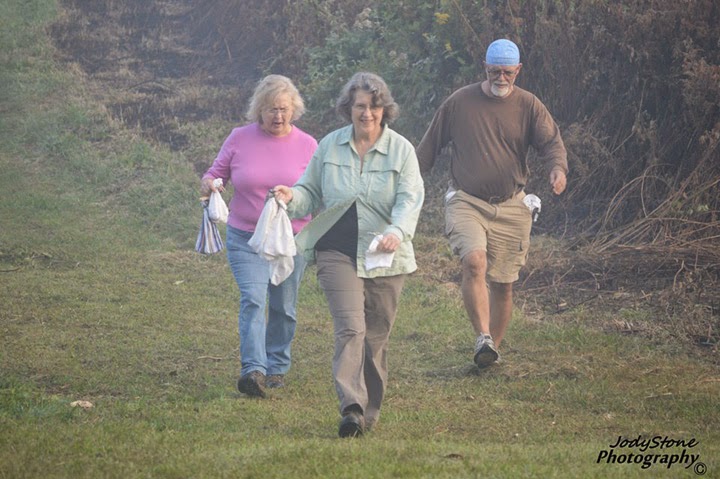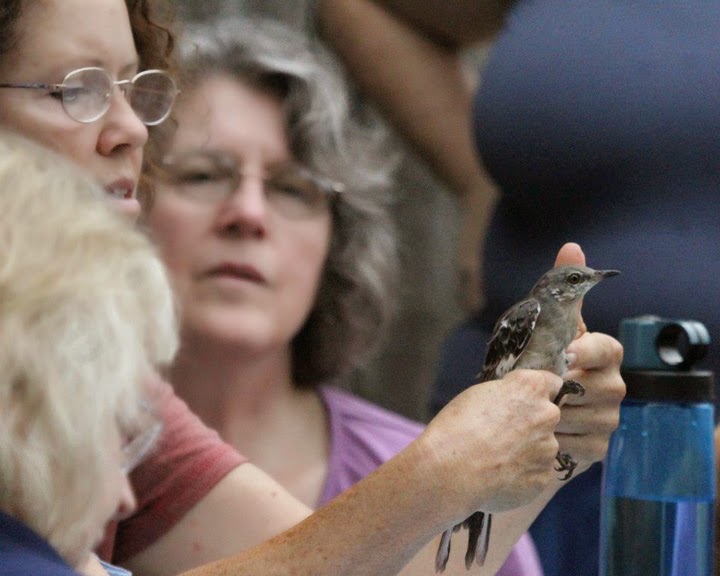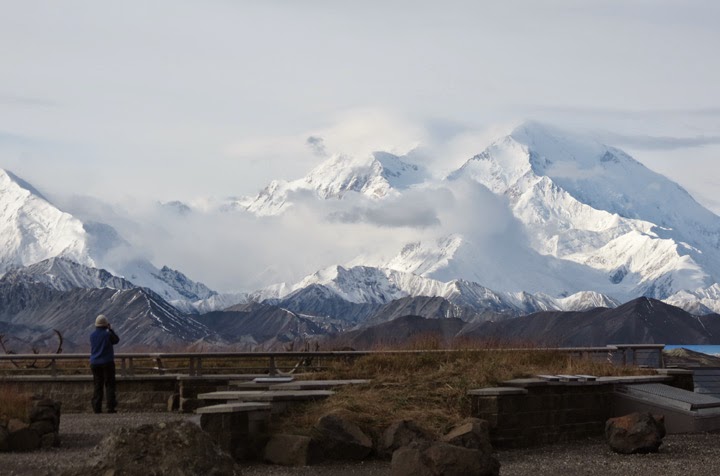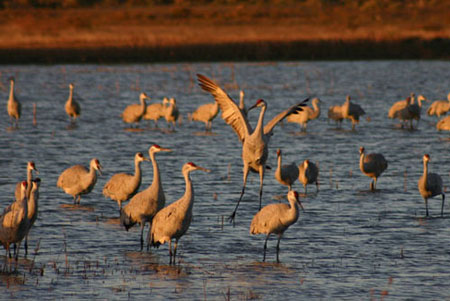Beautiful bears with shaggy blonde backs and thick, dark hair growing in for winter insulation.
Bears are more than beauty, of course. They are wild animals. We have to be mindful of our human tendency to see them as less than they are--wild predators. In fact, grizzly bears are wild predators that are at the top of their food chain, a species to be admired and respected from a distance.
There are about 300 grizzly bears in Denali National Park. This is quite different from the more than 3000 that can be found in Katmai National Park, many of them concentrated around the rivers in summer months and accustomed to seeing large groups of visitors. At Denali, visitors encounter bears in a sparsely populated wilderness. There are no crowds, only crowded buses. The park road cuts through 92 miles of the six million acres of park and preserve land, and it is along this road, while in park buses, that most visitors view wildlife. Beyond that, deeper in the wilderness, a bear will encounter humans infrequently.

The safe distance to view a bear in Denali is 300 yards--that's three football fields. This measure of safety comes from years of experience and is based on the agility, speed and nature of these animals. So keep in mind, when you see these photos, the bear is that far away, brought closer only by the lens of the camera and image cropping. In a few images, like the one above and below, the bear was on a hillside about 100 yards from the road. The images were taken through the window.
It was a special treat to see these bears in their element with the fall season changing around them, their shaggy fur also in transition, their foraging intent as they fattened up for winter months, their bow-legged gait passing over knee-high willows as if they weren't even there.
In the images below you are seeing (and imagining with me) this bear after he came down to willows near the road. He was higher on the hillside when we pulled over, but in a matter of minutes, faster than you would expect, and using an unhurried gait, he reached the stand of willows near the road. He briefly disappeared behind them.
I watched and waited, sensing, or maybe only imagining, that he was still there, foraging with his head down. It didn't matter that metal and glass separated us, my heart rate increased. While others in the vehicle were watching for his appearance ahead of us, my eyes were still scanning the willows. All at once he rose-up on hind legs, just enough for his shoulders and head to rise above the willows. There aren't too many things that could startle more, even though the bear was simply getting a better check on his surroundings. I gasped and barely got the words out--there he is!

Then just as quickly, he was down on all fours again, moving on. For an instant, I got a glimpse into what it must feel like to encounter a bear hidden by willows while hiking in the wilderness. This is the reason for the infamous chant, "hey bear, hey bear." Neither bears nor humans like this kind of surprise.
Don't miss the cool foot pad on his left hind foot in the image above.
You will love seeing what this bear does next!
Links and Resources:
Click this link to view all my posts on
Denali National Park and Preserve. To see all posts on my visit to Alaska in the fall of 2012, visit
Alaska
Denali National Park and Preserve
Grizzly Bear
Bear behavior
Bear Safety




















































